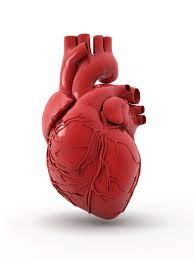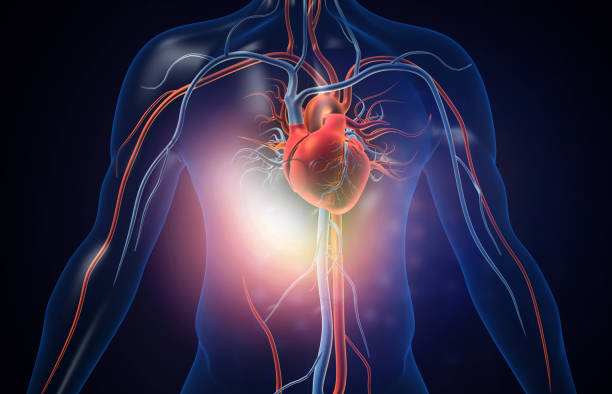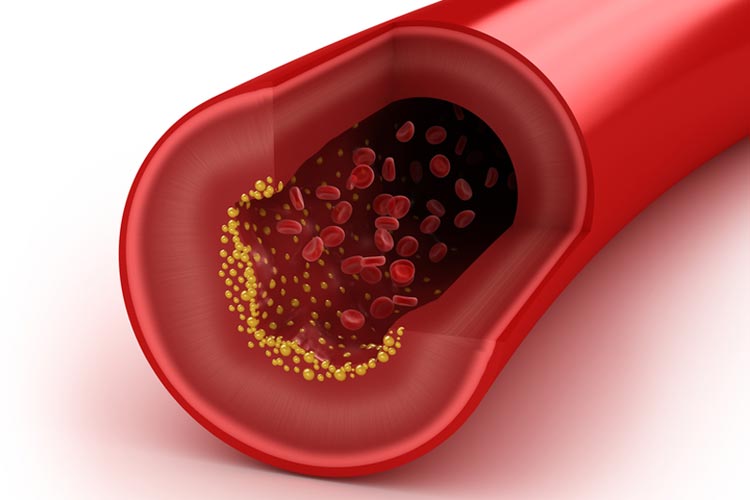Anatomy of Cardiovascular System
The cardiovascular system consists of the pump and vessels that distribute blood to all areas of the body. This system allows for the delivery of needed substances to the cells of the body as well as for the removal of wastes.
Organs The primary structures that comprise the cardiovascular system: blood vessels
-
Arteries
-
Capillaries
-
Veins
Anatomy of Cardiovascular System
The circulatory system is composed of two parts: the pulmonary circulation and the systemic circulation.
The pulmonary circulation, between the heart and lungs, transports deoxygenated blood to the lungs to get oxygen, and then back to the heart.
The systemic circulation carries oxygenated blood away from the heart to the tissues and cells, and then back to the heart. In this way, all the body’s cells receive blood and oxygen.
In addition to distributing oxygen and other nutrients, such as glucose and amino acids, the cardiovascular system also collects the waste products from the body’s cells.
Carbon dioxide and other waste products produced by metabolic reaction are transported by the cardiovascular system to the lungs, liver, and kidneys, where they are eliminated from the body.
More on AmplifyGlobe
The Heart
 The heart, a muscular pump made up of cardiac muscle fibers, could be considered Read More
The heart, a muscular pump made up of cardiac muscle fibers, could be considered Read More
Blood Flow
 The flow of blood progresses through the heart to the lungs, where it receives o Read More
The flow of blood progresses through the heart to the lungs, where it receives o Read More
Blood Vessels
 There are three types of blood vessels: arteries, capillaries, and veins. These Read More
There are three types of blood vessels: arteries, capillaries, and veins. These Read More
If you're looking to ace your ATI TEAS test and get accepted into the nursing program of your dreams, try ExamGates today. Tutors who have taken the exam before wrote and prepared the practice questions on ExamGates. Therefore, you have 100% relevant content, vivid images and illustrations, and in-depth explanations for right and wrong answers.